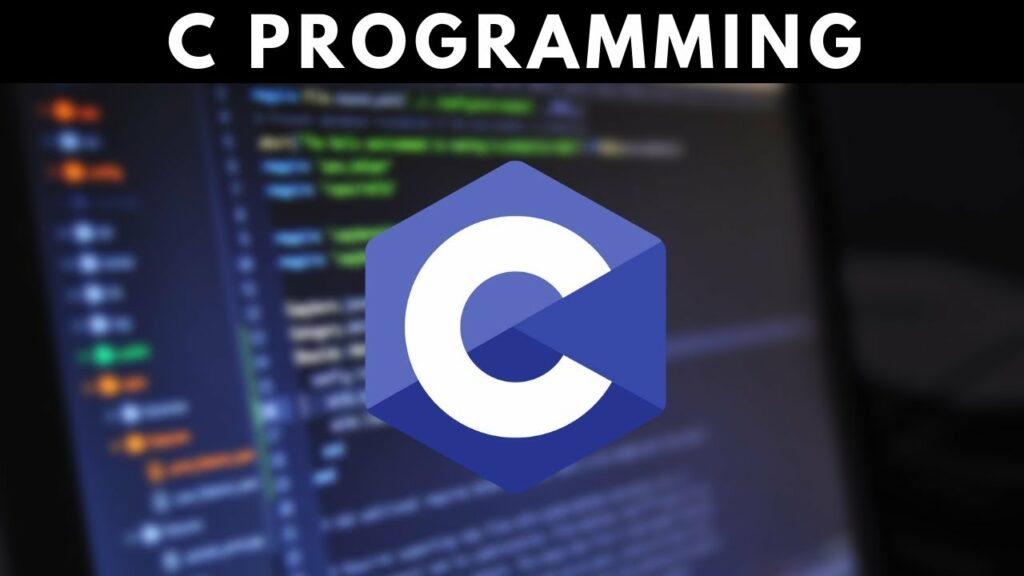
Free eBooks for Beginners
Dynamic memory allocation is an important concept in C programming that allows you to allocate memory at runtime. This means that you can allocate memory for your variables when your program is running, rather than at compile time. In this article, we’ll provide a layman’s explanation of dynamic memory allocation in C and how it works.
In C, you can allocate memory dynamically using the “malloc()” function. The “malloc()” function takes a single argument, which is the size of the memory block you want to allocate. For example, if you want to allocate memory for an integer, you would call “malloc(sizeof(int))”. The “malloc()” function returns a pointer to the start of the memory block that it has allocated.
Once you have allocated memory using “malloc()”, you can use the pointer returned by the function to access the memory block. For example, if you have a pointer “ptr” that points to the start of a memory block, you can access the memory block like this: “*ptr”. You can also use pointer arithmetic to access the elements of the memory block, just like you would with an array.
One of the benefits of dynamic memory allocation is that it allows you to allocate memory for variables at runtime. This means that you can allocate memory based on user input or the results of other computations. For example, if you want to allocate memory for an array of a certain size, you can allocate memory dynamically based on the size entered by the user.
Another benefit of dynamic memory allocation is that it allows you to allocate more memory than you need at compile time. This is useful when you’re not sure how much memory you’ll need for a particular task, or when you want to allocate memory for a large data structure like a linked list or a tree.
Dynamic memory allocation is an important concept in C programming, and it’s essential for developing complex programs that need to allocate memory at runtime. However, it’s also important to be careful when using dynamic memory allocation. You need to make sure that you allocate enough memory for your variables, and you also need to make sure that you free the memory when you’re done with it.
In conclusion, dynamic memory allocation is an important concept in C programming that allows you to allocate memory at runtime. By understanding how to allocate memory dynamically, you’ll be able to write more efficient and flexible programs, and tackle more advanced programming concepts.
C Programming for Beginners – Chapter 22 : Dynamic Memory Allocation in C
 Loading...
Loading...
Disclaimer: The information and code presented within this recipe/tutorial is only for educational and coaching purposes for beginners and developers. Anyone can practice and apply the recipe/tutorial presented here, but the reader is taking full responsibility for his/her actions. The author (content curator) of this recipe (code / program) has made every effort to ensure the accuracy of the information was correct at time of publication. The author (content curator) does not assume and hereby disclaims any liability to any party for any loss, damage, or disruption caused by errors or omissions, whether such errors or omissions result from accident, negligence, or any other cause. The information presented here could also be found in public knowledge domains.